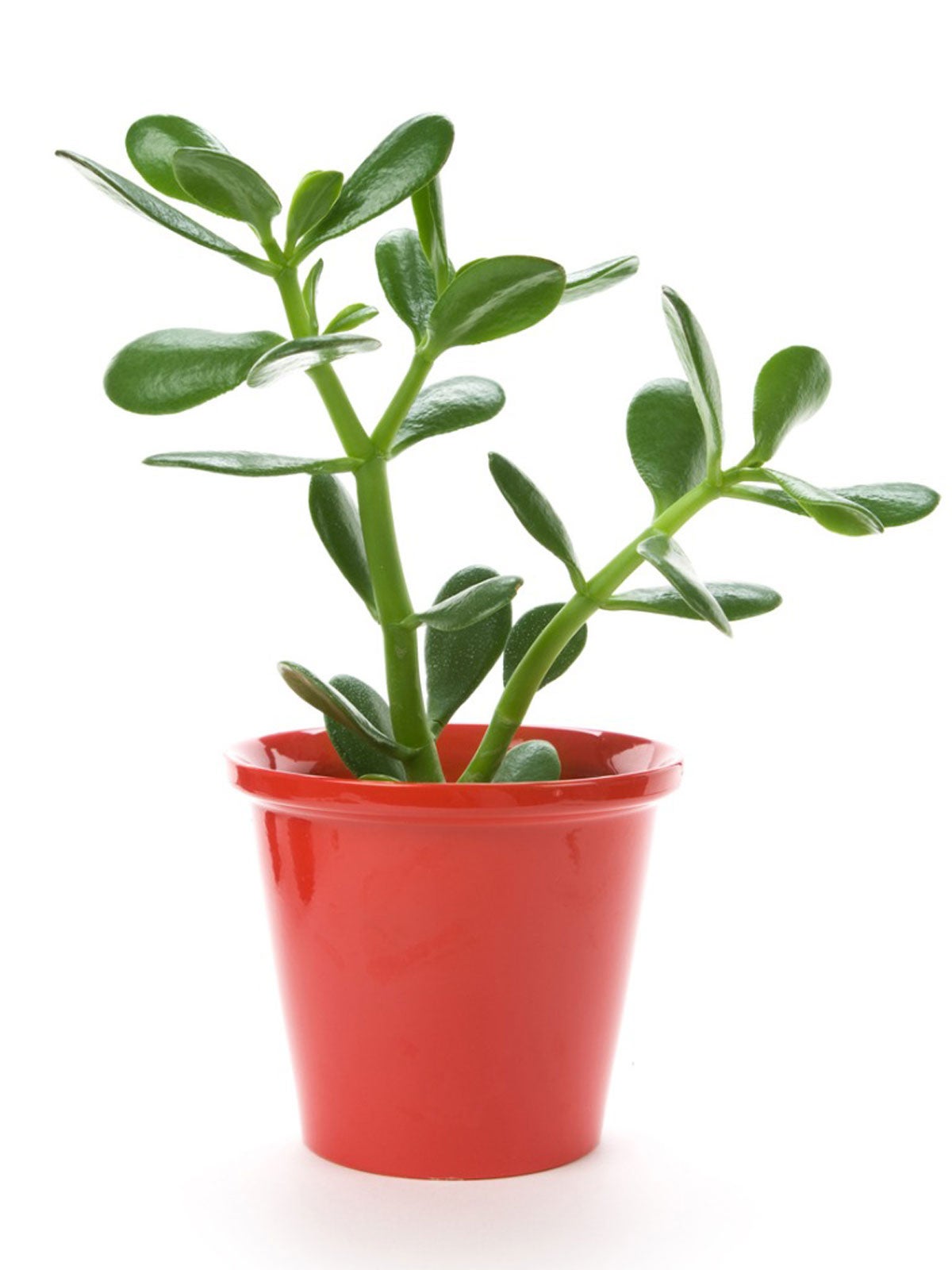Limp Jade Plant: Help When A Jade Plant Is Drooping


The tree-like structure of a jade plant sets it apart from other succulents. With proper care, jade plants can grow to a height of 2 feet (0.5 m.). They are among the easiest houseplants to care for, but if you have limp jade plant leaves, it's time to take a close look at how you water the plant.
Why Has My Jade Gone Limp?
When the foliage on a jade plant is drooping or you appear to have a dying jade plant, the usual cause is improper watering. In spring, summer, and fall, keep the soil lightly moist. The plant takes a rest break in winter and needs less water. Overwatering in winter is the most common reason for a dying jade plant. This is because the roots begin to rot when you give them more moisture than they can absorb.
How to Avoid a Limp Jade Plant
In winter, try watering your jade plant by spraying it with a generous amount of water from a spray bottle or by drizzling water from a squirt bottle such as those used for dishwashing liquid. Make sure you clean and thoroughly rinse the containers before using them to water your jade plant. Spraying the plant also helps prevent spider mites, which are common problems with jade plants. You'll know if your jade plant isn't getting enough water because the leaves will shrivel, but they quickly rehydrate when you water the plant. The best way to rehydrate the plant in winter is by watering it lightly two or three times rather than flooding the pot with water. In spring, summer, and fall when the plant needs more moisture, water the plant by soaking the soil thoroughly. Allow the excess moisture to drain through the holes in the bottom of the pot and then empty the saucer. Never leave the plant sitting in a saucer of water. You should also allow the top inch or two (2.5 to 5 cm.) of soil to dry out before watering it again. Watch for shriveling and dropping leaves, which indicate that the plant isn't getting enough water, and limp leaves, which indicate that it is getting too much. Insect and disease problems with jade plants often gain a foothold when the plant is stressed by improper watering. Many people believe that jade plants and other succulents can withstand long periods of drought, living off the moisture stored in their thick, fleshy leaves. While many succulents need less water than other plants, allowing them to dry out results in discolored or shriveled leaves that drop from the plant. Regular watering at the appropriate times is essential to keep them attractive and healthy.
Sign up for the Gardening Know How newsletter today and receive a free copy of our e-book "How to Grow Delicious Tomatoes".

Jackie Carroll has written over 500 articles for Gardening Know How on a wide range of topics.